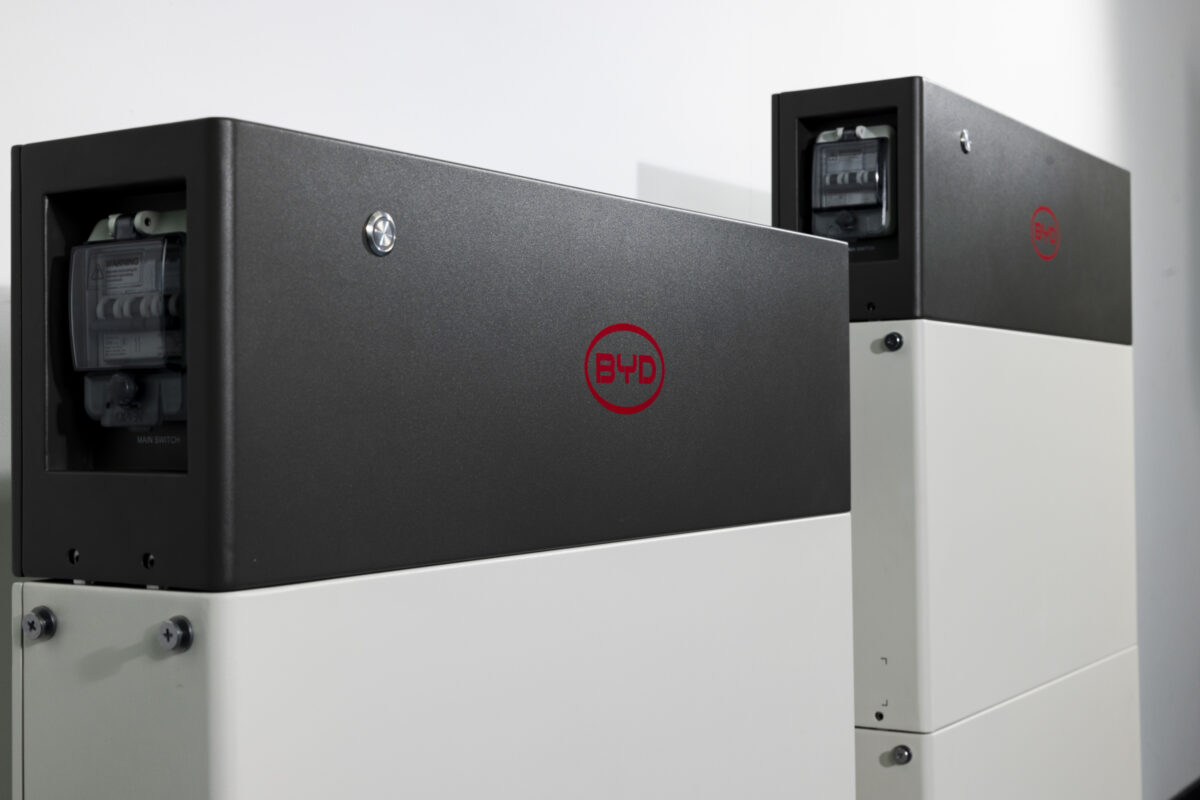Scientists at the US Department of Energy's Lawrence Berkeley National Laboratory have developed a perovskite-structured ferroelectric compound that might be suitable for the production of lead-free perovskite photovoltaic cells.
“The new ferroelectric material – which is grown in the lab from cesium germanium tribromide (CsGeBr3 or CGB) – opens the door to an easier approach to making solar cell devices,” they said. “Unlike conventional solar materials, CGB crystals are inherently polarized, where one side of the crystal builds up positive charges and the other side builds up negative charges, no doping required.”
In “Ferroelectricity in a semiconducting all-inorganic halide perovskite,” recently published in Science Advances, the researchers said they used a perovskite known as CsGeX3. They described it as the only type of inorganic halide perovskites with a noncentrosymmetric crystal structure that could lead to potential ferroelectric properties.
“We attained the synthetic control for producing single-crystalline CsGeBr3 (CGB) nanowires and nanoplates by facile chemical vapor transport (CVT) methods,” the scientists said. “The CGB nanostructures have a bandgap of 2.38 eV, exhibiting strong visible light absorption and photoresponses.”
This lead-free solar material can harvest solar energy and has a spontaneously formed electric field, the academics noted.
“Most perovskite solar materials are not ferroelectric because their crystalline atomic structure is symmetrical, like a snowflake,” they said, adding that previous research had shown that embedding a germanium atom in a perovskite could theoretically distort its crystallinity just enough to engender ferroelectricity.
They grew tiny single-crystalline CGB-based nanowires with diameters of 100 nanometers to 1,000 nanometers. They also developed nanoplates that were around 200 nanometers to 600 nanometers thick and 10 microns wide, with exceptional control and precision. The group then analyzed the material through electron microscopy and found that CGB's light absorption properties are tunable.
“We anticipate that this study will open a pathway for further exploration into this class of semiconducting ferroelectric materials and trigger new possibilities in developing previously underexplored multifunctional materials such as photoferroelectrics,” they concluded.
This content is protected by copyright and may not be reused. If you want to cooperate with us and would like to reuse some of our content, please contact: editors@pv-magazine.com.




By submitting this form you agree to pv magazine using your data for the purposes of publishing your comment.
Your personal data will only be disclosed or otherwise transmitted to third parties for the purposes of spam filtering or if this is necessary for technical maintenance of the website. Any other transfer to third parties will not take place unless this is justified on the basis of applicable data protection regulations or if pv magazine is legally obliged to do so.
You may revoke this consent at any time with effect for the future, in which case your personal data will be deleted immediately. Otherwise, your data will be deleted if pv magazine has processed your request or the purpose of data storage is fulfilled.
Further information on data privacy can be found in our Data Protection Policy.